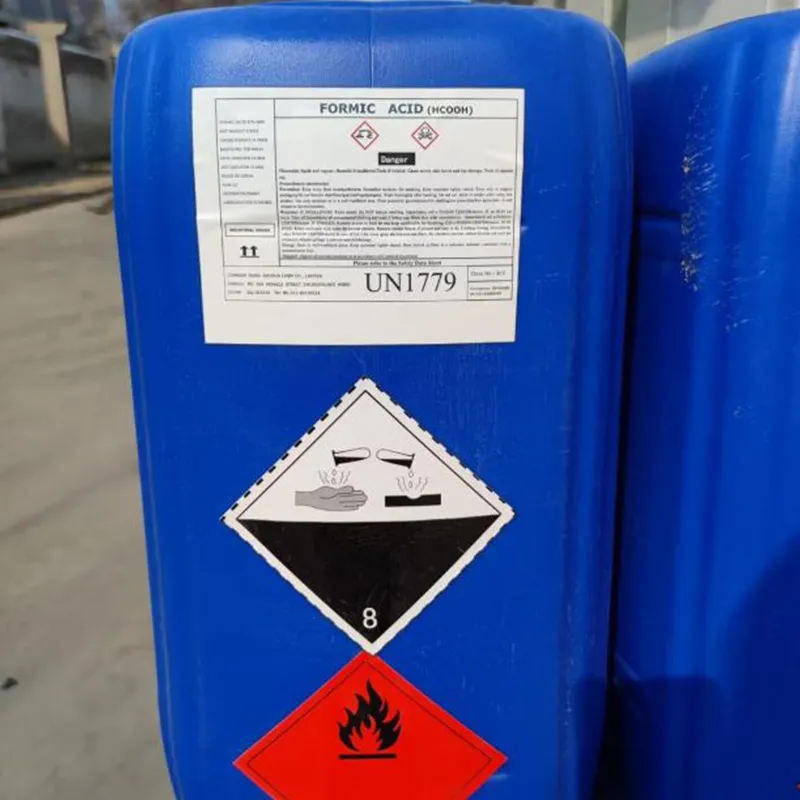
Understanding E129 Food Additive and Its Implications for Health and Safety
Understanding E129 Food Additive Safety, Uses, and Regulations
Food additives are commonly used in the food industry to enhance flavor, color, and preservation, among other functions. One such additive is E129, also known as Allura Red AC. This synthetic dye is prevalent in a wide array of food products, as well as beverages, cosmetics, and pharmaceuticals. Understanding the nature, applications, and safety concerns surrounding E129 is essential for consumers and industry stakeholders alike.
What is E129?
E129, or Allura Red AC, is an artificial red dye derived from coal tar. It is primarily used to impart a bright red color to food products, making them visually appealing to consumers. Its chemical composition belongs to the azo dye class, which contains chemical groups that help stabilize the color during processing and storage. E129 is soluble in water, making it an efficient coloring agent for a variety of applications.
Applications of E129
E129 is utilized extensively in the food industry. You can find it in a myriad of products including soft drinks, candies, jams, jellies, sauces, and baked goods. Beyond food, E129 is also employed in cosmetics, such as lipsticks and creams, and in pharmaceuticals, providing color to tablets and syrups. The bright red hue it offers is particularly appealing in products aimed at children, making it a popular choice among manufacturers targeting younger demographics.
Safety and Health Concerns
e129 food additive

The use of food additives like E129 has raised health concerns among scientists and consumers alike. Numerous studies have investigated potential links between artificial food coloring and various health issues, including hyperactivity in children and allergic reactions. Specific studies point toward potential behavioral effects in sensitive populations, prompting regulatory bodies to review the safety of such additives.
The European Food Safety Authority (EFSA) and the U.S. Food and Drug Administration (FDA) evaluate food additives, including E129, to ensure they are safe for consumption. E129 is approved in many regions, but it is subject to strict regulations. For instance, in the European Union, E129 must be labeled on food packaging, allowing consumers to make informed decisions. In some countries, food products containing E129 are required to carry a warning about possible adverse effects on activity and attention in children.
In contrast, some nations, such as Norway and Austria, have banned the use of E129 altogether, citing concerns for public health. The divergence in regulations highlights the ongoing debates surrounding the safety of synthetic food additives.
Conclusion
In conclusion, E129, or Allura Red AC, is a widely used synthetic food coloring that enhances the visual appeal of many products. While it serves important functional purposes in food manufacturing, its safety has been scrutinized by health authorities. Consumers today are increasingly aware of the ingredients in their food, leading to a demand for transparency and natural alternatives.
As discussions about food safety and health concerns regarding additives continue, it is crucial for consumers to stay informed. Reading labels, understanding food regulations, and advocating for transparent practices can help ensure that food products are not only appealing but also safe for consumption. The future of food coloring may well hinge on a balance between aesthetic appeal and health considerations, driving the industry toward more natural and safer alternatives.
Whether you choose to embrace or avoid products containing E129, informed decision-making is key. Ultimately, awareness empowers consumers to take control of their dietary choices, leading to healthier lifestyles bespoke to individual needs and preferences.
-
Why Glacial Acetic Acid Food Grade Is Essential in FlavorNewsMay.26,2025
-
Surging Export Growth of Food Additives in ChinaNewsMay.26,2025
-
How Ammonium Nitrate Fertilizer Boosts Crop YieldsNewsMay.26,2025
-
How 1,2,3-Benzotriazole Shields Plastics from UV DegradationNewsMay.26,2025
-
Cyanide in Gold Mining: Protecting People and the PlanetNewsMay.26,2025
-
Aluminum Hydroxide in Modern Sunscreen FormulationsNewsMay.26,2025
-
Understanding Synthetic Rubber OptionsNewsApr.27,2025
Hebei Tenger Chemical Technology Co., Ltd. focuses on the chemical industry and is committed to the export service of chemical raw materials.
-

view more DiethanolisopropanolamineIn the ever-growing field of chemical solutions, diethanolisopropanolamine (DEIPA) stands out as a versatile and important compound. Due to its unique chemical structure and properties, DEIPA is of interest to various industries including construction, personal care, and agriculture. -

view more TriisopropanolamineTriisopropanolamine (TIPA) alkanol amine substance, is a kind of alcohol amine compound with amino and alcohol hydroxyl, and because of its molecules contains both amino and hydroxyl. -

view more Tetramethyl Thiuram DisulfideTetramethyl thiuram disulfide, also known as TMTD, is a white to light-yellow powder with a distinct sulfur-like odor. It is soluble in organic solvents such as benzene, acetone, and ethyl acetate, making it highly versatile for use in different formulations. TMTD is known for its excellent vulcanization acceleration properties, which makes it a key ingredient in the production of rubber products. Additionally, it acts as an effective fungicide and bactericide, making it valuable in agricultural applications. Its high purity and stability ensure consistent performance, making it a preferred choice for manufacturers across various industries.











